Analysis: The blindspot
Despite the forward-looking sonar technology coming a long way, uptake has been relatively slow across the broader market…
Real-time, high-resolution forward-looking sonar (FLS) provides an unparalleled tool for a superyacht. Any vessel navigating in poorly chartered areas, polar regions or through debris fields is significantly disadvantaged without some form of FLS system.
The technology has come a long way since its inception, as has the number of yachts venturing further afield and into less chartered waters. As any watchkeeper can attest after cruising the Pacific or Polar regions, many of the charts that support these voyages are outdated and inaccurate. Safe and environmentally conscious anchoring requires a detailed understanding of the depths and composition of the sea floor – details that were, in many cases, at best implied by limited and analogue data inputs.
Although FLS systems have been a more common feature for offshore supply, exploration cruising and naval applications, the superyacht industry has been slower to integrate them. Why then, as the fleet moves further afield, and safety at sea is increasingly forefront of the industry discourse, are forward-looking sonar systems not applied as standard?
Are management companies more comfortable knowing that a vessel has one installed and that the crew knows how to use it? The Superyacht Agency conducted a far-reaching analysis in 2022, with some key findings below.
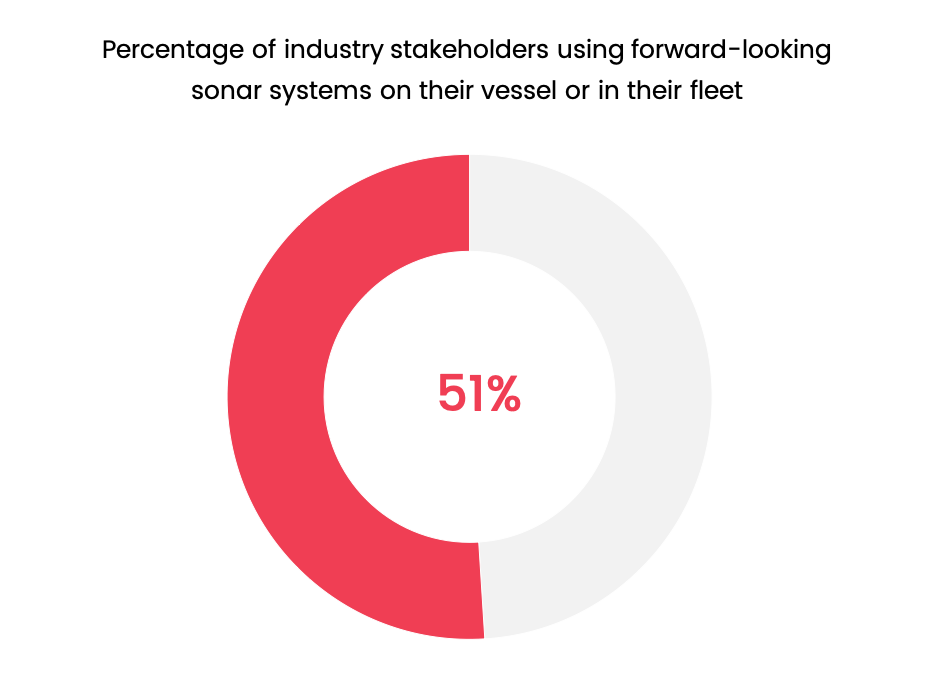
As clearly outlined by industry responses, only half of the operators on 30m+ vessels use forward-looking sonar systems. Of those that do not, nearly 100 per cent said that they would consider it in the future.
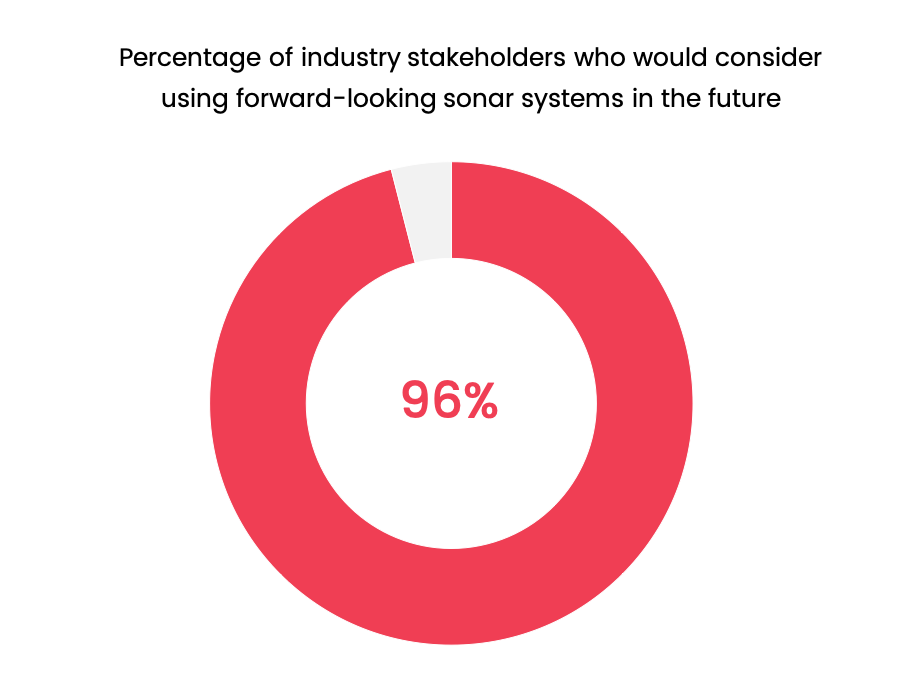
There have been various iterations of sonar systems available on the wider market for a generation, but few could provide the level of detail that would inspire real confidence from a watchkeeper. The main drawbacks of these early generations of technology were a lack of resolution and range. When using a sonar system that was limited by these factors, a vessel is forced to move cautiously, despite the read-outs ostensibly displaying the foreground of the vessel.
As can be seen below, despite 96 per cent of those surveyed saying they would consider installing an FLS system, across all size ranges the majority had no concrete plans to do so. The 90m+ size bracket displayed the least intention to purchase these systems, with the smaller size brackets expressing more interest. 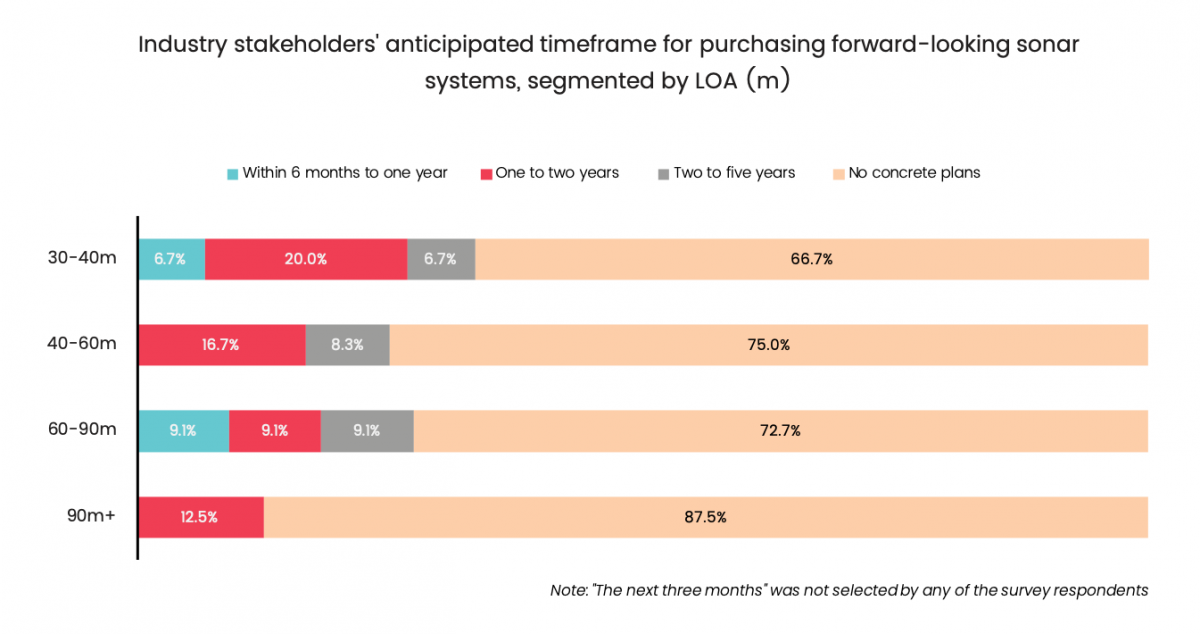
Safe movement at sea is mostly about not hitting things. The rules of the road should cover collision avoidance with other vessels, but by far the most pressing danger to vessels is grounding. This is reflected in the respondent's reasons for using FLS systems, while also showing the varying utility of these systems in use.
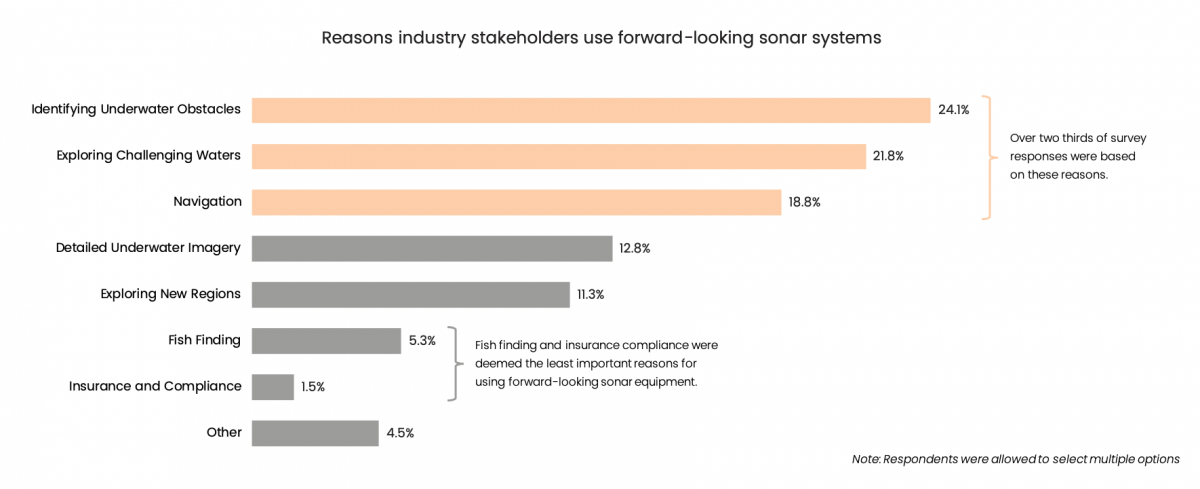
Even as the fleet is transitioning to electronic charts, these are still imperfect representations of what lies beneath. There is no substitute for real-time data. In much the same way that one will navigate off visual bearings and radar reading over the GPS position on a chart, yachts should know what is under the keel.
The above is a sample taken from a detailed report compiled by The Superyacht Agency. For. a full breakdown of the potential projects that they can undertake, from bespoke data packages to in-depth reports, please get in touch with the team via the following link.
NEW: Sign up for SuperyachtNewsweek!
Get the latest weekly news, in-depth reports, intelligence, and strategic insights, delivered directly from The Superyacht Group's editors and market analysts.
Stay at the forefront of the superyacht industry with SuperyachtNewsweek
Click here to become part of The Superyacht Group community, and join us in our mission to make this industry accessible to all, and prosperous for the long-term. We are offering access to the superyacht industry’s most comprehensive and longstanding archive of business-critical information, as well as a comprehensive, real-time superyacht fleet database, for just £10 per month, because we are One Industry with One Mission. Sign up here.
Related news
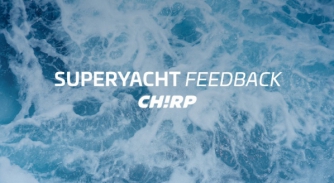
Introducing: Superyacht Feedback
CHIRP Maritime aims to elevate safety standards via the industry-specific Superyacht Feedback publication
Crew
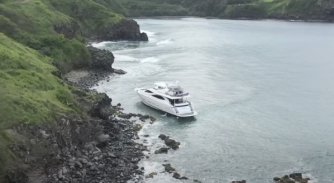
28m Nakoa runs aground in Hawaii
The yacht has reportedly leaked fuel while awaiting salvage attempts
Crew
[1].png)
When safe navigation becomes passive research
Matthew Zimmerman, CEO at FarSounder, explains how sonar systems can help complete our understanding of the seafloor…
Technology

Another week, another fire
Instead of searching for specific factors to blame, the time is right to reflect on safety across the industry
Opinion
Related news
Introducing: Superyacht Feedback
3 years ago
28m Nakoa runs aground in Hawaii
3 years ago
When safe navigation becomes passive research
3 years ago
Another week, another fire
3 years ago
NEW: Sign up for
SuperyachtNewsweek!
Get the latest weekly news, in-depth reports, intelligence, and strategic insights, delivered directly from The Superyacht Group's editors and market analysts.
Stay at the forefront of the superyacht industry with SuperyachtNewsweek



